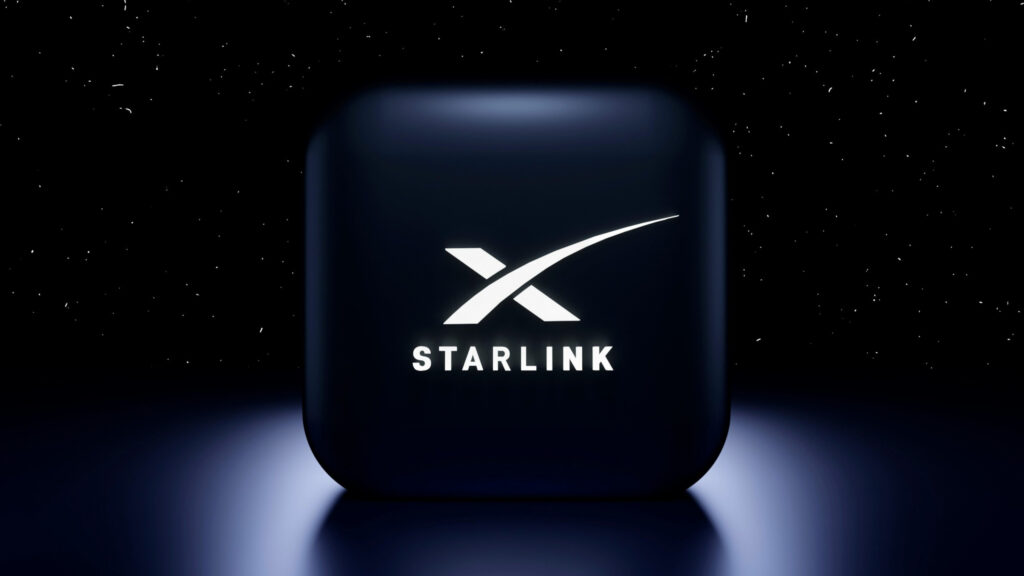
UPDATE: Users are sharing critical insights about their experience with Starlink internet after installation, highlighting essential factors that could impact performance. As rural areas increasingly turn to this satellite service, new users are urged to learn from their predecessors’ experiences.
Just recently, a new Starlink user revealed that while initial setup was exciting, it came with unexpected challenges. Living in a rural area with limited internet options, the move to Starlink seemed like a lifeline. However, after installation, the user faced multiple hurdles that could have been avoided with better preparation.
One immediate takeaway? Starlink’s performance significantly improves when the dish is properly mounted. Initially, the user set up the dish in a cardboard box on outdoor steps, resulting in subpar performance. After consulting the Starlink app, which offers dynamic graphics for optimal positioning, the dish was professionally mounted on the roof. This simple adjustment boosted download speeds from around 50 Mbps to nearly 200 Mbps, illustrating the importance of proper installation.
However, aesthetics may be a concern. Although the Starlink dish has a modern design, the mounting system can be visually unappealing. Users are encouraged to consider investing in more attractive mounting options to maintain the look of their home. This is particularly vital for those who prioritize exterior aesthetics.
Another significant factor affecting user experience is upload speed. While download speeds can reach up to 300 Mbps, upload speeds often lag behind, averaging around 15 Mbps to 30 Mbps. This discrepancy can hinder activities such as video uploads and streaming, which are essential for many users today.
Furthermore, the bundled Starlink router has been criticized for inadequate coverage, especially in larger homes. To enhance connectivity, the user opted for a more powerful TP-Link Archer GE800 Wi-Fi 7 router. The transition was seamless, taking less than ten minutes to set up.
What’s more alarming? A complete global outage occurred just days after installation. The user experienced an unexpected drop in service, only to discover that it was a widespread issue affecting the entire Starlink network. While outages may be rare, they serve as a reminder to have contingency plans in place.
Social implications also arise with Starlink ownership. Since November 2024, protests against Elon Musk have intensified, leading some to reconsider their support for his ventures. Users report feeling judged by friends for choosing Starlink, despite it being one of the best options available for rural internet access.
In conclusion, while Starlink offers groundbreaking technology and considerable benefits for users in remote areas, there are important considerations to keep in mind. Proper installation, aesthetic concerns, upload speed limitations, and the possibility of outages are all factors that could significantly affect user satisfaction. As more individuals turn to Starlink for their internet needs, sharing these insights can help new users optimize their setup and navigate the challenges that may arise.
For those considering Starlink, the takeaway is clear: do your research, prepare for potential setbacks, and embrace the future of internet connectivity.






